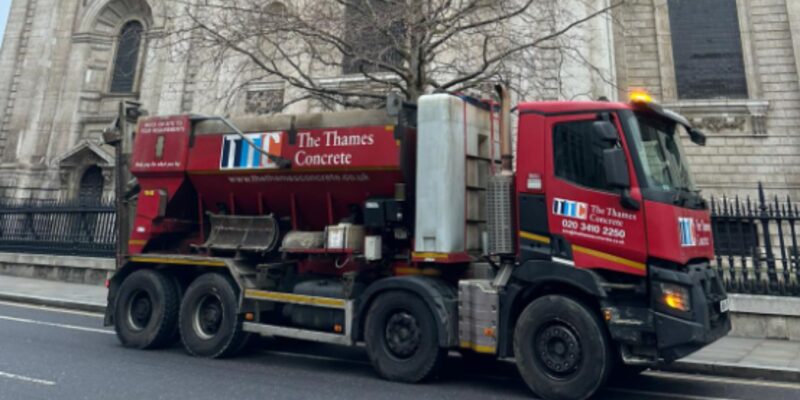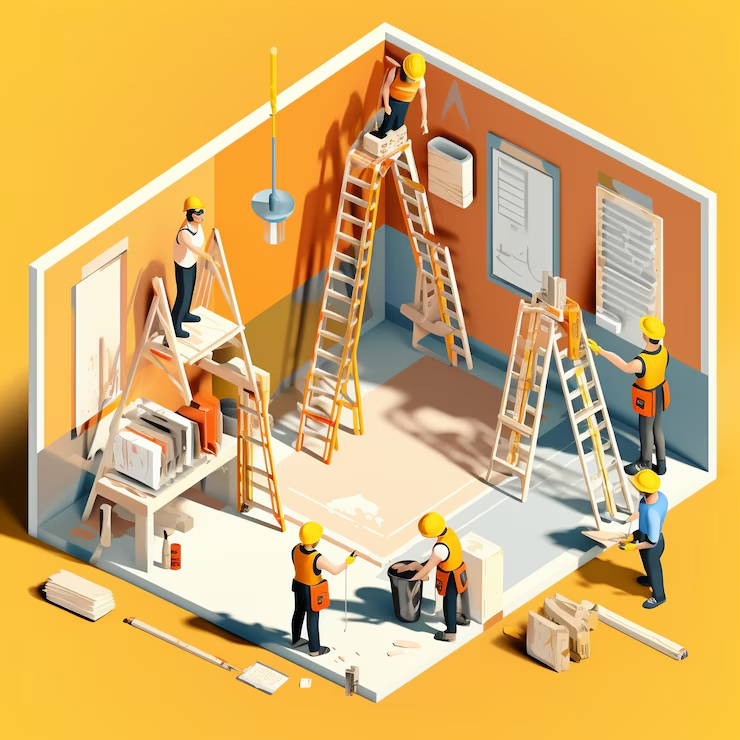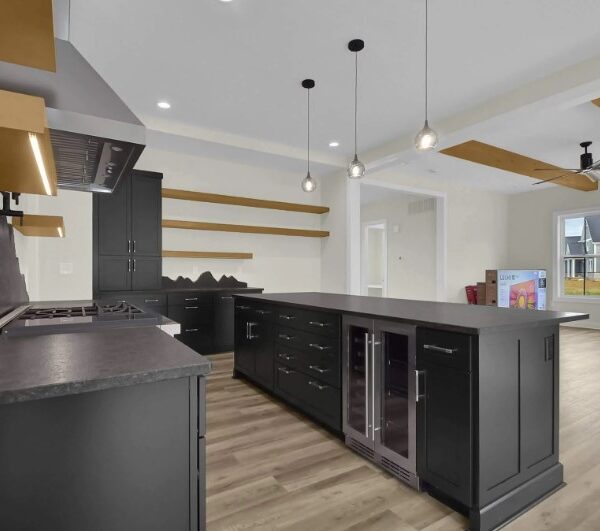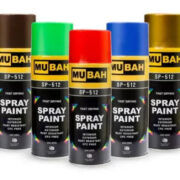
The selection of building materials ensures the efficiency, durability and overall success of the project. For construction, concrete is the cornerstone, thus its preparation methods can influence the outcoming of building endeavours. Here, usage of traditional site-mixed concrete has been minimised by mix-on-site concrete, also known as ready-mix concrete. This concrete is manufactured in a batch plant and then is delivered to the construction site as required. In this blog, we will explore what benefits ready-mix concrete offers making it superior to other types.
The Advantages of Mix-on-Site Concrete
Read further to learn about the advantages that mix-on-concrete offers to the construction industry.

Consistency
As this particular concrete is produced in a controlled environment, the raw material is mixed according to specific mix designs. This controlled environment ensures that the concrete meets the requirements and maintains consistency. To achieve the desired strength and durability, accurate proportioning of ingredients is essential. The ingredients of ready-mix concrete- cement, aggregates, water and admixture are batched with high accuracy to maintain consistent properties.
For batching and quality controls, modern ready-mix concrete plants use automated processes. It minimises possibilities for human errors and varying quality of different batches.
Quality Control
Careful inspection and testing of the raw material- cement, aggregates, and admixtures in ready-mix concrete plants ensures that they are of the highest quality. Physical, and chemical properties along with potential contamination are checked in testing.
The ready-mix concrete production takes place in specialised batching plants. These plants possess advanced technologies and trained professionals to monitor every stage of the concrete manufacturing process.
Quality control is not only limited to the manufacturing process but is extended to delivery and transportation. To maintain the integrity of the product during the transition, mixing drums or agitators are used. Even after reaching the construction site, the concrete undergoes additional testing. These evaluations check its consistency, workability and whether it meets the requirements of the project or not.
Reduced Waste
The controlled and automated batching system minimises excess material usage or over-ordering reducing the waste of source. Ready-mix concrete is customised to match the specific requirements of strength, durability and workability. As they make the concrete on demand, they can order the exact amount of raw material needed for the construction. This, indeed, minimises the leftovers and waste.
Moreover, ready-to-mix concrete is delivered to the construction site on time. Specialised trucks equipped with mixing drums and agitators ensure reliable and on-time delivery. This on-time delivery promises fresh concrete is available whenever needed, and eliminates wastage of in-storage concrete due to delays.
Even some of the ready-mix concrete suppliers offer on-site recycling of the excess concrete. This recycled concrete can be reused in future batches which limits the disposal of leftover concrete waste.
Cost-Effectiveness
The automated system handles the batching, mixing, and quality control processes of ready-mix concrete. This reduces the cost of labour and associated labour costs. Additionally, these concretes are customised and delivered as per the demands. This immediate usage of concrete reduces the tasks of material sourcing, mixing and quality controlling, eventually reducing costs.

Material waste can cost a fortune and thus needs to be minimised. Fortunately, ready-mix concrete limits the overordering and material waste. By eliminating the need to restore the product, it controls the material costs and limits waste disposal expenses.
This concrete does not demand expensive mixers, pumps and storage silos for on-site mixing. Builders can avoid investing in purchasing and maintaining specialised equipment, therefore enhancing cost-effectiveness.
Versatility
From foundations to pavements, ready-mix is widely used in multiple building structures. Due to its versatility, builders can use it to construct building structures of different shapes and sizes. With diverse finishes, textures and colours, architects can create pleasing structures showcasing the versatility of the concrete.
Environmental factors such as temperature, humidity and natural reactions, sometimes, act as obstacles in construction. Designs of ready-mix concrete can be tailored to enhance performance and durability in unfavourable environmental conditions.
Other than structural use, ready-mix concrete is also used in many construction elements. Its horizontal and vertical application makes it used in roads, bridges, dams and drainage systems. Be it a conventional framework or modular construction, ready-mix concrete can be seamlessly integrated with methods and techniques.
Time-Saving
Ready-mix concrete rather than being mixed at the site, is prepared off-site which does not involve time-consuming tasks. Sourcing raw materials, batching and mixing on the construction site can delay the construction process.
In addition, because of being batched and mixed by an automated system, this concrete is easily manufactured enhancing concrete delivery. This also helps the construction crew to focus on other tasks’ productivity. Compared to traditional on-site-mix concrete, this provides an effective building experience which does not waste time unnecessarily.
Ready-mix concrete plants provide a consistent supply of the material on time. This continuous supply can help the construction process to progress without any hindrance.
Safety
Ready-mix concrete benefits workers by avoiding injuries which can occur due to batching and mixing on-site. Usually, manual labour mixes and batches the concrete on the building site, however, ready-mix concrete facilitates automated processes.
In controlled environments where ready-mix concrete is produced, safety protocols are strictly enforced. These rules and regulations minimise the risk of hazards ensuring the safety of workers.
Everything with the ready-mix concrete is preplanned and is according to the demands of the projects. It reduces rushed work, congestion and clutter on site enhancing the safety of workers.
Innovation
Read this article: Top Trends in Pergola Construction Services Designs for 2024

To enhance properties, innovation in ready-mix concrete comprises the development of specialised admixtures and additives. These add-ons can enhance the strength, workability, durability and sustainability of the concrete.
Here are some of the innovations in mix-on-site concrete:
Self-Consolidating Concrete
SSC is easy to work with as it can flow and consolidate under its weight without the need for vibrations. It provides improved surface finishes, better structural integrity and reduced labour requirements. It can be used for casting heavily reinforced sections.
High-Performance Concrete
HPC is particularly designed to contain supplementary cementitious materials such as fly ash, slag and chemical admixtures. These substances are mixed to boost its strength, improve durability and more importantly provide protection from environmental factors.
Ferroconcrete
This concrete consists of short discrete fibres to enhance structural integrity. This addition can enhance tensile strength, ductility and resistance to cracking. Where enhanced durability and resistance are demanded, fibre-reinforced concrete is used.
Self-Healing Concrete
This concrete contains microcapsules and fibres which have healing agents. Either by external forces or internal stress, cracks formed make microcapsules rupture releasing healing agents into the cracks. This enhances the overall durability of concrete structures and minimises the requirement for repair.
Smart Concrete
Smart concrete systems include sensors that can monitor temperature, moisture, strain, cracks and corrosion within the concrete. This early detection of problems allows proactive maintenance and repair.
Conclusion
To conclude, mix-on-site concrete is a superior choice for modern construction because of the numerous advantages provided by it. Its consistency and quality control measures maintain the quality, efficiency and sustainability of construction projects. The time-saving and safety elements of ready-mix concrete are invaluable in modern construction projects. It not only reduces the impact of concrete production on the environment but also promises sustainability. Overall, this is the evolution that this construction industry requires.











